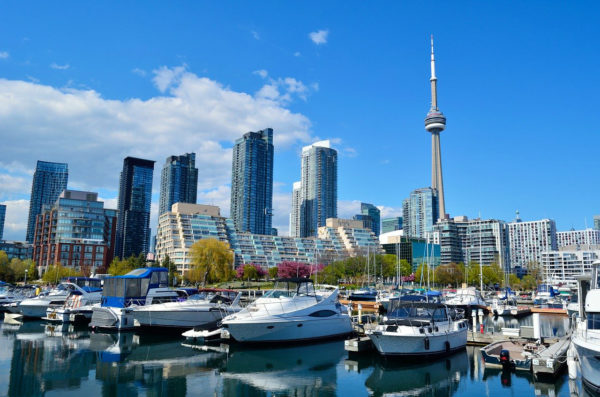While Canada likes to portray itself as a multicultural beacon of equality, the numbers don’t lie. A growing gap seems to be forming between the rich and the poor in this country, and some communities are being affected worse than others. This is especially true in Ontario and Toronto, which also happens to be the most multiculturally diverse part of the country. Let’s take a look at some of the facts and what they could mean for the country.
Canada is Not Doing as Great as it Thinks
Income inequality in Canada is far from being the worst in the world, but it’s not the best either. Based on the Gini coefficient, Canada ranked 13th among peer countries, behind the Netherlands, Switzerland, and Ireland. The only countries in the peer group that was behind were Australia, Japan, the UK, and the US.
Among all provinces, New Brunswick and Prince Edward Island did the best by far. The worst provinces in terms of income inequality were Alberta, B.C., and Ontario.
Racialized Populations in Toronto are Particularly Affected
One of the groups that have been affected the most are communities of colour in the Toronto area. People of colour have not seen their income grow alongside white people according to recent data. When adjusted for inflation, wages have not increased for racialized populations in Toronto over the last 30 years. Newcomers and young people also seem to be affected by this.
On the other hand, older white Canadians have seen steady growth in income. As a matter of fact, older white Canadians saw their income grow by as much as 60% over the same period.
Income Inequality is Almost Entirely an Urban Phenomenon
Another thing that is surprising when looking at the data is how much of the income inequality seems to be exclusively limited to urban areas. The country’s biggest cities – Montreal, Toronto, Vancouver, and Calgary – seem to have the biggest gaps. According to a study by the GPA Board of Canada, this inequality has been steadily growing since the mid-70s and continues to this day.
Calgary had one of the worst gaps in the country, and inequality is four times the national average there. Toronto’s income inequality is three times the national average, and Vancouver’s is two and a half.
Aborigines are Deeply Affected
A population that is also often forgotten are the Aborigines of Canada, which continue to suffer from some of the worst conditions, not only in the country but in the developed world. According to recent data, a whopping 80% of all reserves in the country have a median income below the poverty line. Aborigines were also more likely to suffer from emotional distress, abuse, and be targeted by law enforcement.
Conclusion
Income inequality continues to be a serious issue in Canada, and one that will need to be addressed by all levels of government. On the ground, resources will also need to be deployed to make sure the populations that are the most affected get the help they so desperately need.

